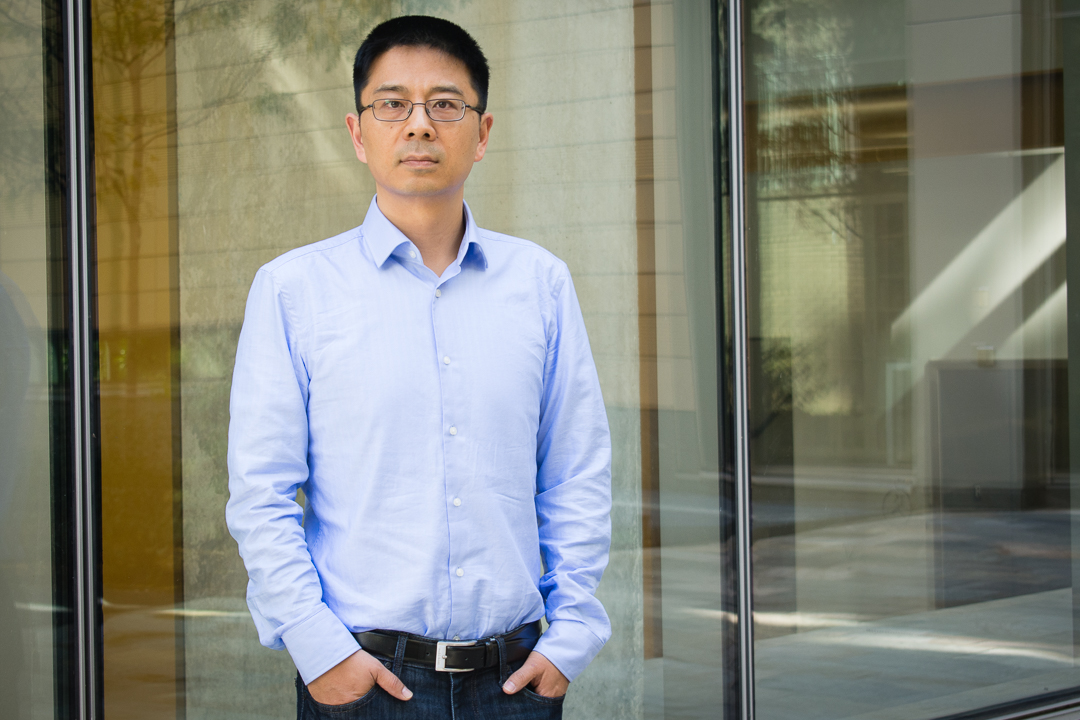Today Professor Huang’s Graph Computing Lab (GLab) takes a holistic approach for modelling and analyzing users and machines in enterprise networks. “We are living in a world of networks,” said Professor Huang. “Our goal is to analyze the dynamics of the networks to identify cyberattacks as they happen, and prevent new ones from happening.” Professor Huang and his students are designing and developing novel graph-based machine learning systems, to not only manage the big data generated by these networks, but more importantly, to understand the contextual and causal relationships between entities and events in such networks.
Professor Huang’s GLab currently works on the CHASE (Cyber Hunting At ScalE) project, sponsored by the Defense Advanced Research Projects Agency (DARPA). Innovating at the intersection of algorithms, systems, and applications, Prof. Huang and his students aim to enable knowledge mining and extraction on top of large-scale networks, delivering critical, actionable knowledge to stakeholders in real time. A recipient of the prestigious National Science Foundation CAREER Award, Prof. Huang has also won numerous awards for his research in graph computing, most recently, a Champion Award and a Student Innovation Award at the Graph Challenge of 2018 IEEE High-Performance Extreme Computing conference.
When Professor Huang was a graduate student at the University of Virginia, he found this field of research very fascinating. He recalls that “it had always been [his] interest.” Since then, he pursued research in the field of computer systems, big data, and cybersecurity. Because of his belief in the vast importance of an educational background in both computer hardware and software, he advises his students to excel in both. “Students trained in hardware must recognize what is in demand by today’s software in order to design efficient computer systems, and similarly, those trained in software should also know the underlying hardware of a computer to be able to develop better applications.” His former students have become tenure-track assistant professors in various US universities or joined leading companies in Silicon Valley.
The outcomes of his DARPA project are innovative methods for precise and effective threat detection in enterprise networks. Dr. Huang believes that ultimately his research efforts will lead to new paradigms in AI, machine learning, cybersecurity, etc. He said, “Our graph technology will be very valuable for a broad range of applications from financial markets, to transportation networks, to health care systems.”
As he executes his graph centric research that impacts a myriad of networks, Professor Huang hopes to shape the future of the world, one graph at a time.


